An extremely interesting history of game packaging
It's got pictures and stuff
Today, most of us remember original PlayStation games in CD-standard jewel cases. Did you know there were actually three different boxes before jewel case, each weirder than the last?
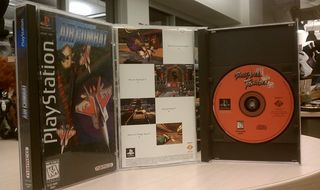
Above: The launch-era games came in the same tall plastic cases as Sega CD and Saturn – possibly the first time rival consoles used the exact same packaging. The inside was pretty bare, and only housed the disc and the manual

Above: Just a couple of months later, the cases switched to black plastic, with ridges along the spine and even artwork in the case interior. Resident Evil, for example, has art of a busted-up lab
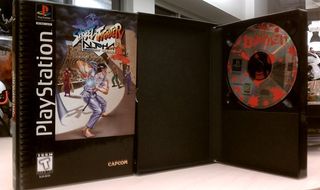
Above: Next came one of the worst cases ever – still tall, but cardboard and plastic mixed together and nothing on the inside to keep the manual from flopping around. The interior art was also missing, and they were a huge pain in the ass to keep open

Above: Furthermore, the new cases replaced the spine ridges with pictures of spine ridges. Resident Evil (bottom) has the actual ridges, while Street Fighter Alpha shipped in the new, bafflingly ugly and useless new case
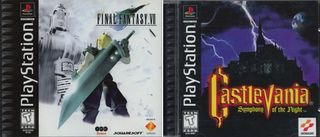
Above: Finally, about a year after release, Sony dropped all the weird packaging and moved to jewel cases, including thicker multi-disc cases for RPGs like FFVII
The PSX was the last console to drastically alter its packaging. In one year Sony had four types of boxes on the shelf, which had to be a nightmare for retailers and us at home trying to keep all this shit organized – but hey, at least they all kept the PlayStation logo in the same place, as was done with Sega CD and Saturn.
Sign up to the GamesRadar+ Newsletter
Weekly digests, tales from the communities you love, and more
Rather than switch to CDs, Nintendo opted to stick with expensive cartridges as the N64’s medium. Naturally this led to higher prices, but it also meant we’d get one more wave of paper boxes with a plastic cart inside. And as with the SNES, Nintendo generally kept strict control of its N64 packaging.
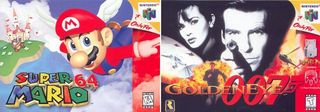
Above: All N64 games had a red stripe along the right. Sometimes it was transparent, others it was solid or advertising a new feature (like say the Rumble Pak)
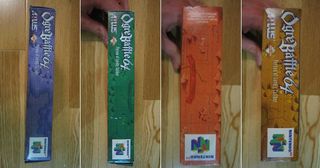
Above: Did you notice each side of the N64 box was a different color? Purple was always on top, green on the bottom, red on the right and yellow in the left
And thankfully that’s all the N64 had to offer. Even special edition packages like Ocarina of Time and Majora’s Mask still had the red bar along the right, though they’d omit the other colors from the side.
We’ve mourned the Dreamcast enough – for a full week last year, even. But one thing we can be proud of to this day is Sega’s immediate, consistent look for Dreamcast cases. No more tall Saturn crap – now they were in PlayStation-style jewel cases with a sleek standard white on each new game. For once, Sega’s games looked really slick on the shelf, instead of all different sizes and colors, or in the case of the Saturn, a tad too vertical for our tastes.
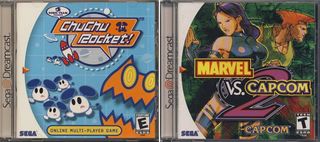
Above: The first year or so looked like this – very clean, nice white on each and every game
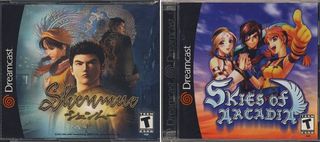
Above: What the? Just about a year after launch, Sega switched to black cases that said “Dreamcast” instead of “Sega Dreamcast”
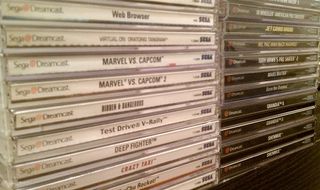
Above: So now half the games are white, and the other half are black. Looks quite a mess on a shelf unless you split them up
Sega probably has an official stance on why it changed the Dreamcast brand from white to black, but the truth is it was trying to combat the launch of the PS2, which was already chewing up Dreamcast’s sales. The switch was a valiant effort to drum up renewed interest, but it wasn’t near enough. Sega would drop out of the console race in 2001, and to this day remains a software developer. Though one guy does want to make the Dreamcast 2.
Next page – the PS2, Xbox and GameCube, aka things actually made in the last 10 years
A fomer Executive Editor at GamesRadar, Brett also contributed content to many other Future gaming publications including Nintendo Power, PC Gamer and Official Xbox Magazine. Brett has worked at Capcom in several senior roles, is an experienced podcaster, and now works as a Senior Manager of Content Communications at PlayStation SIE.












